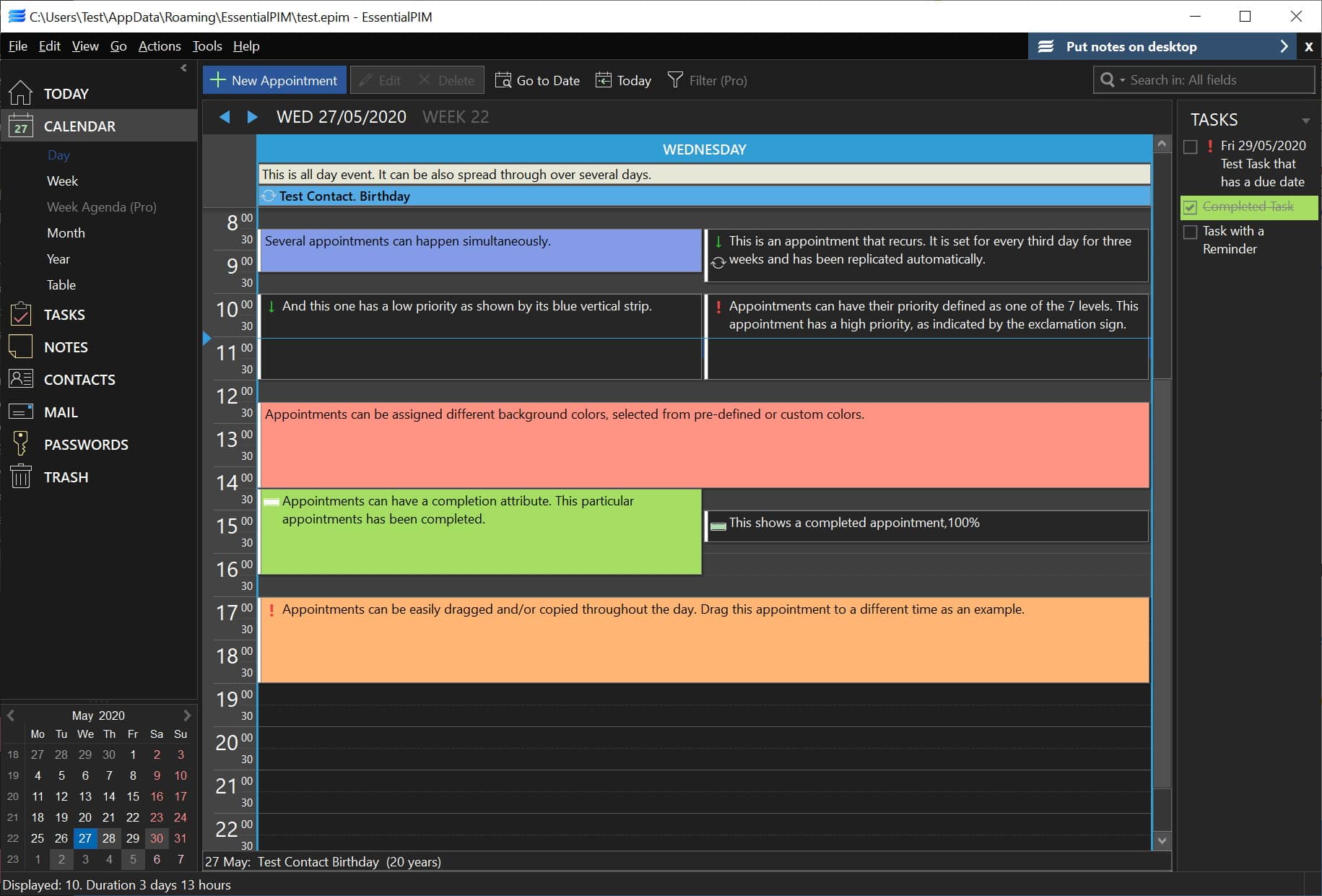
EssentialPIM 9.0 is here with added dark mode, new tagging options and additional mail rule options
A good personal information manager (PIM) is a great way to stay on top of the information you need on a daily basis, such as email, calendar, tasks and notes. EssentialPIM has long offered an approachable and powerful way to access such information, and now EssentialPIM 9.0 has been released with a range of new features.
From an aesthetic point of view, there's a new dark mode option, but this is a significant release which is about much more than just a new coat of paint. There are also new rules to help you manage an unruly inbox, bookmark-style anchors to make it easier to navigate notes, and a powerful tagging system that not only lets you organize a range of different data together, but also to quickly jump to it using keyboard shortcuts.
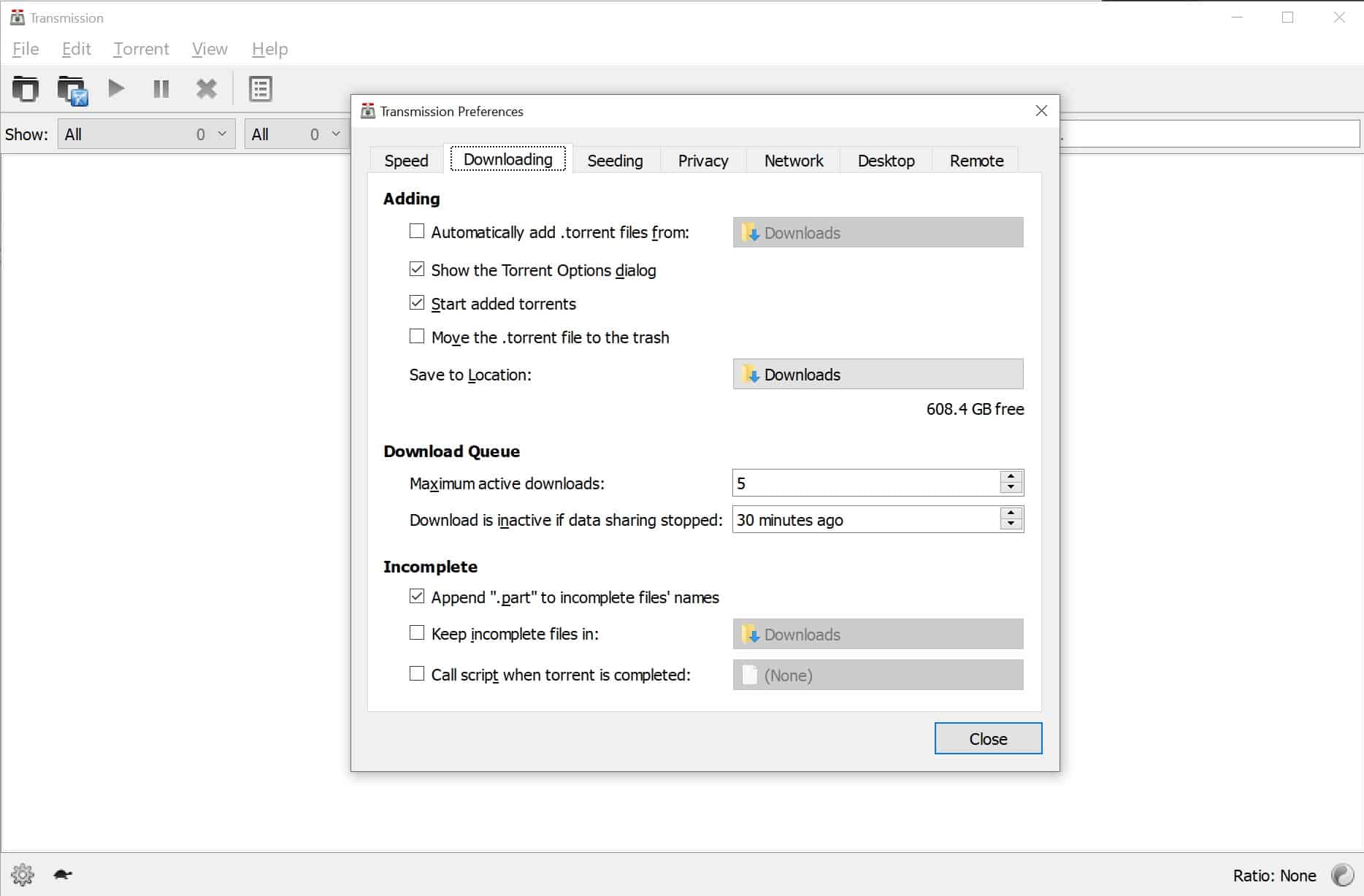
Cross-platform torrent client Transmission 3.00 arrives after two years of development
BitTorrent clients are plentiful, but many leave a lot to be desired. While numerous clients have fallen by the wayside, there are some names that have stuck around. One such client is Transmission, and after a two year wait, we're finally being treated to a new version.
Transmission 3.00 is a significant release, and there are numerous new options and features in the latest version of the open source, cross-platform client. Improvements have been made to the client across all platform -- Windows, macOS, Linux and the web -- including the option of allowing the RPC server to listen on an IPv6 address.

When your barista is a robot
As the name implies, a robot arm is identical to a human arm not only in appearance but also in its uses and functions. To carry out movements like that of a hand, the robot arm also has an end effector.
These machines are usually used for cutting, processing, and other industrial applications. But have you thought about combining it with a brewing device? This transforms the normal robot arm into a unique robot barista.

How COVID-19 has accelerated the move from a 'cloud first' to a 'cloud now' approach
Recent market data from Synergy Research Group via CRN suggests 2019 was a milestone for IT and that for the first time ever, enterprises are spending more money annually on cloud infrastructure services than on data center hardware and software. For example, total spend on cloud infrastructure services reached $97 billion, up 38 percent year over year, whereas total spend on data center hardware and software hit $93 billion in 2019, an increase of only 1 percent compared to 2018.
This means that many companies that have historically owned, maintained, and managed their own IT operations in their own data center are now evolving how they support their business operations by transforming their IT to cloud.

Securing the cloud for healthcare
The Cloud is a $200 billion business that analyst firm IDC expects to nearly double in valuation by 2022. It enables collaborative productivity apps, on-demand entertainment, and promises much needed advances in telemedicine. But all this potential will come crashing to a halt unless we take seriously the corresponding rise of cloud-based cybersecurity threats. The increase we have seen in cyber-attacks seeking cloud-based data is worrisome and the potential for crippling the healthcare industry is high especially given the current global climate and their dependency on cloud-based services.
Recent warnings and actual attacks are a prominent example of the active and persistent threats to our global healthcare networks, economy, and connected infrastructure. Organizations involved in national and international COVID-19 responses are being actively targeted by hacking teams and threat groups. This is according to a recent alert from DHS ‘s Cybersecurity and Infrastructure Agency (CISA) Europe’s largest hospital. In addition, the Czech Republic warned of expected cyberattacks targeting healthcare systems designed to damage or destroy computers in critical healthcare infrastructure. And last month, Interpol announced that its Cybercrime Threat Response team had detected a significant increase in ransomware extortion schemes against healthcare organizations and infrastructures. The list goes on…

Awareness of the digital accessibility divide: A silver lining of The COVID-19 crisis?
Most of us have adapted quickly -- perhaps seamlessly -- to increased reliance on digital devices for the day-to-day processes of life and business. For many people with disabilities however, it’s a very different picture.
Today is Global Accessibility Awareness Day, so for a few minutes let’s put ourselves in the place of a person with a visual, hearing, motor or cognitive disability. With many physical places of business now closed, essential activities like banking, shopping and working must be solely conducted online or at great personal peril.

3 reasons passwords need to die in 2020
The headlines still haunt me.
May 7, 2020 marked "World Password Day," the kitschy, but pertinent annual reminder to clean up the logins that control access to our modern lives. For days, titles like "Time to Prioritize Passwords" and "Tips for Managing Your Passwords" popped up in newsfeeds and tips from experts flooded in. "Vigilantly change your passwords" and "use a different password for each account" they said, as if new configurations of characters and symbols were cures rather than curbs to cyberattacks. The problem is passwords don’t protect us anymore. Gartner predicts that by 2022, 60 percent of large businesses and nearly all medium-sized companies will have cut their dependence on passwords by half. But with COVID-19 requiring many of us to work from home in insecure environments, 60 percent is not enough, and 2022 is too late.
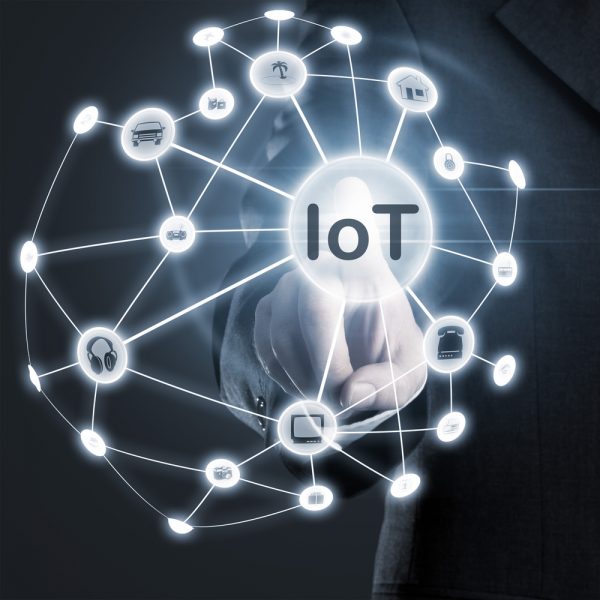
IoT: With great convenience comes even greater risk
IoT devices are skyrocketing in popularity -- almost everything can connect to the internet these days. You may have some of these in your home or business and not even realize it. Smart bulbs that sync with home management apps, IP camera systems, weather displays on smart refrigerators, smart thermostat -- basically all of the devices you would not expect to have an internet connection that do. This is highlighted further by the ongoing coronavirus pandemic now that the workforce is 100 percent remote and IT teams had to quickly enable remote work, all while ensuring security.
IoT devices make our lives a little easier and more convenient, but they come at a price as they provide new attack vectors for savvy cyber attackers. Gartner forecasts that there will be over 20.4 billion connected IoT devices in 2020, giving those attackers a lot of targets to choose from. On top of that, recent research indicated that IoT device hacks have increased by 300 percent, furthering the point that unprepared home network devices are easy targets for cybercriminals.
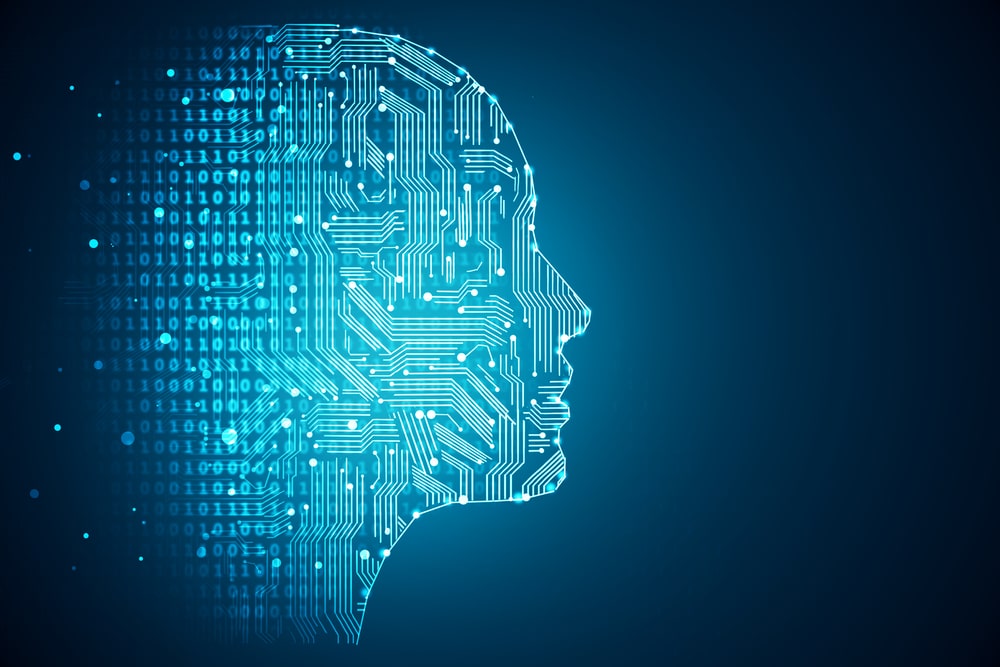
How to use AI to drive targeted customer acquisition in 2020
Today, 80 percent of digital marketers feel growing pressure to meet customer acquisition and revenue goals, saying they feel like they are "running on a never-ending hamster wheel."
And that’s true: You may be overstretching your marketing muscle to get your customers to find you through organic search -- but it’s something you have little control over and is reactive. Traditional advertising media is becoming more obsolete, but the problem is that many businesses still don’t realize how technology can reverse that. Take the example of the automotive industry, where customer acquisition is still very reactive. The majority of customers still find the auto dealer and brand, and not the other way round. A recent study found that car dealers' first point of contact with more than half of their buyers is when they physically walk into the dealership, essentially leaving it to chance that their dealership or brand gets picked for a walk-in. There’s no doubt that companies across the board are rapidly experimenting with adopting artificial intelligence (AI) in various departments, including business performance and automating the human tasks, the low-hanging fruits. But it’s time you thought about bringing it in to enhance your customer acquisition strategy.
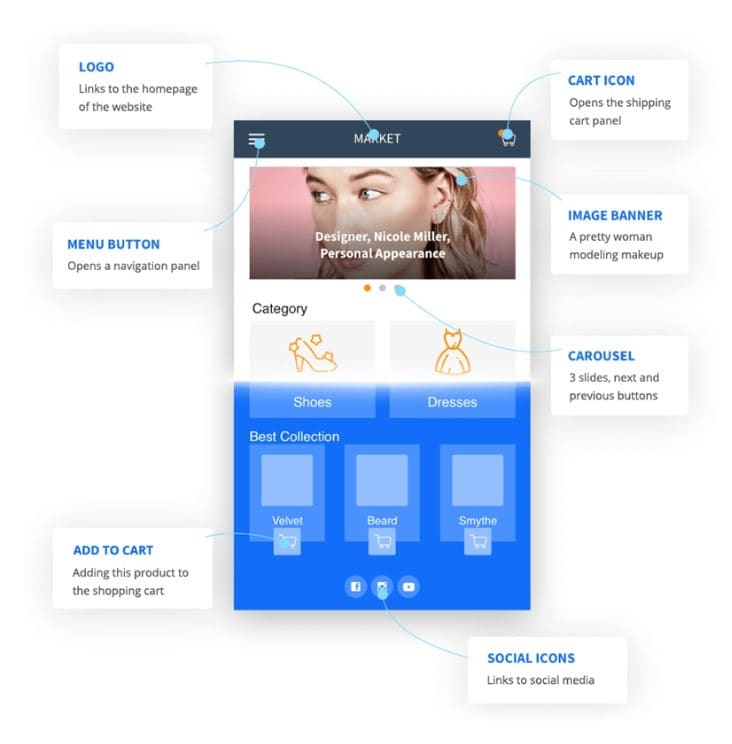
Web accessibility platform accessiBe secures $12 million to make the entire web accessible
Web accessibility platform accessiBe announced that it has secured funding from global investment firm K1 Investment Management, LLC. The $12 million capital will be used to help the company grow its market in North America and improve its services for its customers and partners.
The internet remains largely inaccessible to people with disabilities. Up to 98 percent of websites fail to fully apply the necessary standards to ensure that those afflicted by impairments are still able to use and navigate websites. This is despite the fact that the Web Content Accessibility Guidelines (WCAG) and laws such as the Americans with Disabilities Act have already been around for more than a decade, both of which identify what websites need to become accessible.

5 phishing attack methods every business should know in 2020
There was a time when the main tech-based worry for any business were viruses. Large companies spent thousands of dollars on antivirus software, while those that didn’t paid the price when one of their client machines became infected, crippling their infrastructure and effectively grinding the whole operation to a screeching halt. In the modern era, pretty much every computer terminal you can buy comes with some sort of virus protection, which tends to do a pretty decent job so long as the security patches are installed promptly on all machines across the business.
In addition, companies are also taking advantage of the internet. Many now have various components of their infrastructure such as workstations, servers, and web applications that are connected online. Hackers try to breach company networks by exploiting these components. Fortunately, their attempts are now easily thwarted by the use of web application firewalls (WAF) which can block malicious traffic and unauthorized requests sent to these devices.
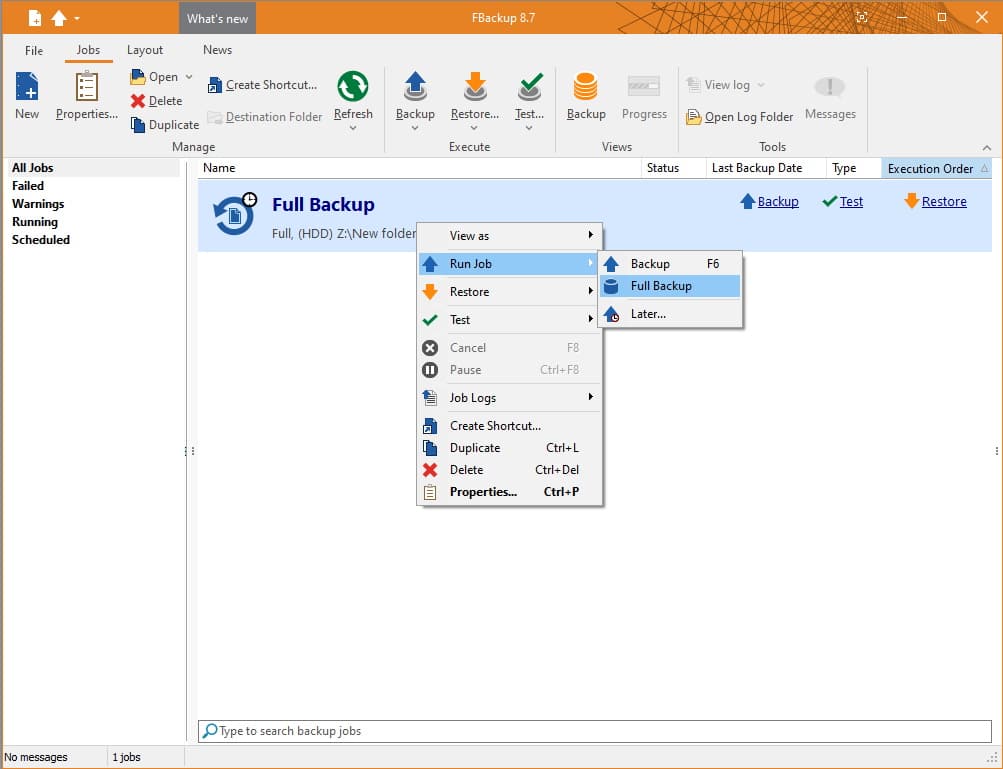
FBackup 8.7 released with backup plugin support for iTunes and Spotify -- Backup4All 8.7 Professional is 67% off MSRP
We're constantly told to back up our data -- but if we're honest, very few of us actually get around to doing so. There are a number of reasons for this, the first of which can be not knowing quite what needs backing up. The next obstacle is knowing how to do it, which tool to use, and how much it will cost you.
Then, of course, there is the question of carving out time to get a backup configured and schedule updates so you don't have to think about it again. It's little wonder that so many people simply don't bother. To make things easier, FBackup 8.7 is now available and is our recommended tool for backing up your most important data.

To celebrate the launch of the brand new Downloadcrew, we're giving you AVG Internet Security 2020, worth $69.95, for free!
During 'shelter at home' many have had to resort to working outside the office. If your employer didn’t have the time or finances to provide new equipment, you may be forced to use your own computer(s) for a prolonged period on sensitive material.
Ask yourself: is your network safe? In the absence of your IT department, you’ll need to rely on your own know-how. Better still, install commercial-grade security software -- and there’s few better than Avast’s AVG Internet Security 2020.
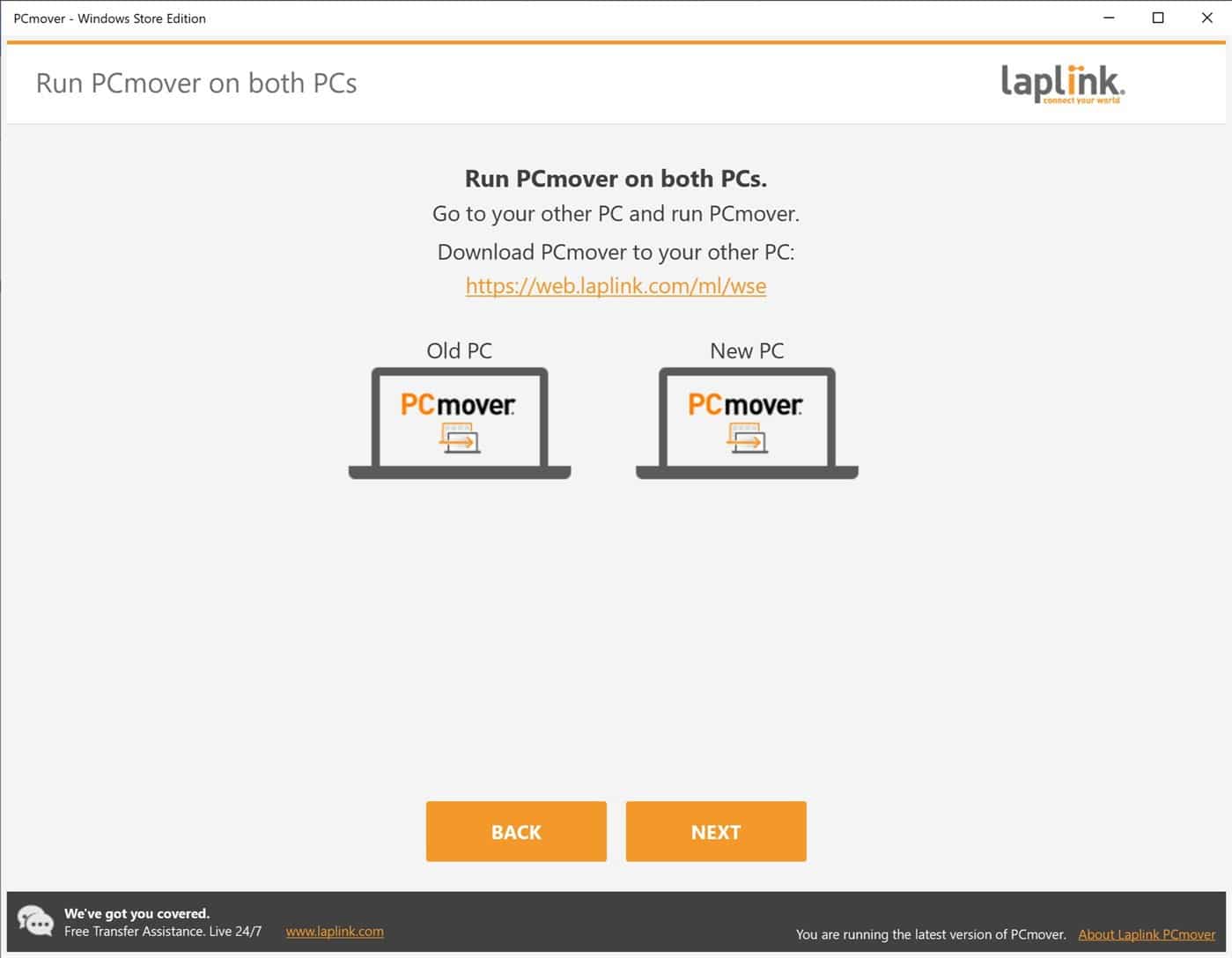
Laplink launches a free Windows Store edition of PCmover
Laplink's PCmover tool has been around for a while now, making the process of migrating to a new PC easier and faster than ever. Now the company has launched the new PCmover - Windows Store Edition which has a key difference to other versions.
This particular edition of the software brings support for Windows 10 S. Also known as Windows 10 in S Mode this is a more secure mode of Windows which aims to improve security by only allowing users to install apps from the Microsoft Store. PCmover - Windows Store Edition is the first PC migration tool to offer support for Windows 10 S, so it's ideal for anyone who wants to move away from a computer that is in this mode, or who wants to migrate to a newer Windows 10 S system.

Ashampoo WinOptimizer 18 is here to speed up and help maintain your PC
Everyone likes the idea of a computer speed boost, right? While some people are happy to get theirs hands dirty and spend time tinkering with endless settings, there are plenty of others who would rather that things were taken care of for them. Ashampoo has just released WinOptimizer 18, the system optimization software that aims to cater for people who fall into both camps.
This is a company that has a long record of producing handy utilities for Windows, and with WinOptimizer 18 this tradition continues. The program is made up of a series of system optimization and clean-up modules that you can work through one at a time, or you can use the one-click optimization to automate and speed up the process.

